Schlagwort: Off-topic
-

Control Your PC and Presentations with a Fidget Cube
Reading Time: 3 minutesInspired by the original Fidget Cube, Masta Box is a Bluetooth 4.0 controller gadget which serves a range of purposes, such as a Micro SD card reader, an Air Mouse, a Joystick and a Laser Pointer. Fidget toys have been helping people satisfy their need to fidget since last year. However, a…
-

Looking Back on AR and VR at Tribeca Film Festival
Reading Time: 3 minutesThis year’s Tribeca Film Festival in New York City featured over 30 VR and AR experiences. Although the technology isn’t quite mainstream enough for home enjoyment yet, the creativity on show certainly assures us of the future for the medium. Last month, at the 2018 Tribeca Film Festival in New York City, there…
-

MIT Trains Drones to Fly Using VR “Flight Goggles”
Reading Time: 3 minutesEngineers from MIT have built a virtual reality system for drones which they hope will reduce the frequency that the pilotless aircraft crash during training. The VR training system is called “Flight Goggles”. Training autonomous drones to fly quickly currently means relying on enclosed grounds with a range of physical objects. These objects can…
-

Microsoft Debuts Xbox Adaptive Controller for Limited-Mobility Gamers
Reading Time: 4 minutesDeveloped at Microsoft’s expansive campus in Redmond, Washington, the Xbox Adaptive Controller is a first of its kind for the company: a hardware peripheral created with an inclusive design approach. In the world of console video gaming, exclusivity is a desirable thing. Exclusive games and studio partnerships give enough differentiation to draw…
-

AUGGMED Trains Police and Aid Workers for Terror Related Attacks using VR
Reading Time: 3 minutesDue to the increasing number of terrorist-related attacks, researchers at Sheffield Hallam University have developed a new training method using virtual and augmented reality to better prepare police, first responders, and air workers called AUGGMED. Historically, training for counter-terrorism assignments has been neither standardized nor readily available. Instead, training includes real-world scenarios…
-

South Korea Develops Virtual Reality Movies for Cinema-Goers
Reading Time: 3 minutesVirtual Reality is making it to cinemas in South Korea with film tech labs and visual effects houses rapidly creating popular content. Cinema-goers are fully immersed with both VR and 4DX which brings feel, touch and smell to the experience. From the beginning of the 1900s until now, people have been enjoying…
-

Google Maps to Improve Walking Navigation with AR Fox and Giant Arrows
Reading Time: 3 minutesAt Google’s I/O Developers conference this week, the company’s Vice President, Aparna Chennapragada, demonstrated how AR could be used to improve navigation when using Google Maps. The result is a cute AR fox and huge arrows to point you in the right direction. How often do you find yourself relying on Google…
-

Export Collada Files from New PSVR Painting App
Reading Time: 3 minutesA new VR painting application has just released for PlayStation 4. Titled CoolPaintrVR, the app allows you to paint and sculpt in VR and export your creations to 3D modeling software and platforms. Besides the throng of stellar games and weirdness-generating virtual social spaces, the rise of home virtual reality (VR) technology…
-

Google Takes Us to the Moon with its First VR Doodle
Reading Time: 2 minutesTo celebrate its first VR Google Doodle, the internet giant dreams big with a charming animation charting illusionist and film director Georges Méliès, creator of early cinema classic Le Voyage dans la Lune. Spicing up the search giant’s homepage since 1998, the Google Doodle has become something of a pop culture mainstay. Be…
-

Snapchat Introduces Interactive AR Games Called Snappables
Reading Time: 2 minutesAs well as being able to use Snapchat for turning yourself into a dog and stalking your crush, you can now play their new AR experience, Snappables, with your friends. If you’re sat across from someone making weirder than normal faces at their phone, you can guarantee they’re trying out Snapchat’s latest…
-

Google Launches New AIY Artificial Intelligence Kits
Reading Time: 3 minutesThose itching to get to grips with neural networks are in luck: Google offshoot AIY Projects has recently revamped its Voice and Vision Kits. These project-in-a-pack kits give you all you need to build an intelligent speaker or camera. In 2017 Google offshoot AIY Projects launched its first products, the AIY Voice and…
-

Mozilla to Bring New Firefox Reality Web Browser to AR and VR
Reading Time: 2 minutesFirefox Reality is a new web browser in development from Mozilla for virtual and augmented reality headsets. However, release dates are yet to be disclosed. There is much discourse about whether virtual reality can and will live up to its hype. However, Mozilla, the creator of many open-source tools, clearly believes the technology is worth developing…
-

Interview with Evelyn Hriberšek: Creating Mixed Reality Art
Reading Time: 5 minutesEvelyn Hriberšek’s EURYDIKE interactive art piece puts you in the dark; figuratively and, at times, literally. We caught up with the artist after experiencing the extended run of EURYDIKE. Evelyn Hriberšek is no stranger to the workings of augmented reality. An early pioneer of the technology, her efforts brought her to chair…
-
![[DEAL] Monoprice 3D Printers – up to $200 Off](data:image/svg+xml;charset=utf-8,%3Csvg xmlns%3D'http%3A%2F%2Fwww.w3.org%2F2000%2Fsvg' viewBox%3D'0 0 1920 1080'%2F%3E)
[DEAL] Monoprice 3D Printers – up to $200 Off
Reading Time: 2 minutesUS electronics retailer Monoprice has chopped up to $200 off the price of some of its 3D printers — including the Maker Ultimate, the company’s rebadging of the heavy hitting Wanhao D6. Not content to sit back and ship stuff at full price, Monoprice has once again cut the prices of its…
-
![[DEAL] Inland Translucent Magenta PETG 1KG 1.75mm for $18.99](data:image/svg+xml;charset=utf-8,%3Csvg xmlns%3D'http%3A%2F%2Fwww.w3.org%2F2000%2Fsvg' viewBox%3D'0 0 1496 842'%2F%3E)
[DEAL] Inland Translucent Magenta PETG 1KG 1.75mm for $18.99
Reading Time: < 1 minuteInject a little color into your 3D printing with this tasty deal on Inland’s vibrant Translucent Magenta PETG. We’re big fans of PETG and its useful mechanical properties, and even bigger fans of bombastic color. So why not add a little fun to your functional prints (we’re not sorry) with this…
-
![[DEAL] rigid.ink Flexible PLA 1kg 2.85mm, 25% Off at $38.79](data:image/svg+xml;charset=utf-8,%3Csvg xmlns%3D'http%3A%2F%2Fwww.w3.org%2F2000%2Fsvg' viewBox%3D'0 0 1858 1044'%2F%3E)
[DEAL] rigid.ink Flexible PLA 1kg 2.85mm, 25% Off at $38.79
Reading Time: 2 minutesBritish filament maker rigid.ink is clearing its back-stock, slashing 25% off the price of some Flexible PLA. Designed to eliminate the frustrations of printing flexible filament by adding the ease of PLA, rigid.ink’s Flexible PLA sounds like a dream. Stiffer on the spool with a shade less elasticity than other flexibles, it…
-

Legoland to Open VR Roller Coaster Ride in Florida
Reading Time: 2 minutesLego is set to open its first VR roller coaster ride in March. Called the Great Lego Race, visitors to the attraction at Legoland Florida will have the option of wearing a headset, immersing themselves in the blocky world of Lego. For fans of Lego who’ve yet to visit Legoland’s Florida resort, the company’s…
-
![[DEAL] MakerGear M3-SE & M3-ID 3D Printers, $200 Off](data:image/svg+xml;charset=utf-8,%3Csvg xmlns%3D'http%3A%2F%2Fwww.w3.org%2F2000%2Fsvg' viewBox%3D'0 0 1920 1080'%2F%3E)
[DEAL] MakerGear M3-SE & M3-ID 3D Printers, $200 Off
Reading Time: 2 minutesMatterHackers is running a limited-time deal on MakerGear’s two top-tier 3D printers, the M3-SE and M3-ID, both $200 off at $2,350 and $3,099 respectively. MakerGear are enjoying something of a hot run of late, what with the US company’s M2 sitting top of the desktop pile in 3D Hub’s Q1 2018 3D…
-
![[DEAL] Sugru Hacks for Your Home Kit, 14% Off at $12.95](data:image/svg+xml;charset=utf-8,%3Csvg xmlns%3D'http%3A%2F%2Fwww.w3.org%2F2000%2Fsvg' viewBox%3D'0 0 831 467'%2F%3E)
[DEAL] Sugru Hacks for Your Home Kit, 14% Off at $12.95
Reading Time: < 1 minuteSugru is colorful, moldable and sticks most things to other things. Exactly what you need in a rubbery amorphous thingamajig. And, for now, it costs a little less than usual. We’re all for expounding the benefits and uses of 3D printing around the home, but sometimes you need an even quicker…
-
![[DEAL] Qidi Tech 1 Dual Extrusion 3D Printer, 13% Off at $610](data:image/svg+xml;charset=utf-8,%3Csvg xmlns%3D'http%3A%2F%2Fwww.w3.org%2F2000%2Fsvg' viewBox%3D'0 0 1920 1080'%2F%3E)
[DEAL] Qidi Tech 1 Dual Extrusion 3D Printer, 13% Off at $610
Reading Time: < 1 minuteUS re-seller Wow3DPrinter is running a special on the Qidi Tech 1 dual extrusion 3D printer — up to 13% off using a special discount code. Bearing striking similarity to the FlashForge Creator Pro, Qidi Technology’s Tech 1 3D printer boasts a dual extrusion print head and a fully enclosed design…
-
![[FLASH DEAL] New Matter Filament, 63 -75% Off at $7.49](data:image/svg+xml;charset=utf-8,%3Csvg xmlns%3D'http%3A%2F%2Fwww.w3.org%2F2000%2Fsvg' viewBox%3D'0 0 944 532'%2F%3E)
[FLASH DEAL] New Matter Filament, 63 -75% Off at $7.49
Reading Time: < 1 minuteSad news this week with the closure of 3D printer manufacturer New Matter. Ahead of shuttering some time this summer, the company is clearing house with a fire sale of all its products, including filament. It never a nice thing to see a company that puts real, tangible 3D printing products…
-
![[DEAL] ColorFabb Filament – Buy 5, Pay for 4](data:image/svg+xml;charset=utf-8,%3Csvg xmlns%3D'http%3A%2F%2Fwww.w3.org%2F2000%2Fsvg' viewBox%3D'0 0 1920 1080'%2F%3E)
[DEAL] ColorFabb Filament – Buy 5, Pay for 4
Reading Time: < 1 minuteDutch filament spinner ColorFabb is celebrating its 5th birthday with a special promo — buy any 5 spools of filament and only pay for 4. Five years in business is a long time in the 3D printing world. So to celebrate such a momentous occasion, Dutch filament producer ColorFabb is putting…
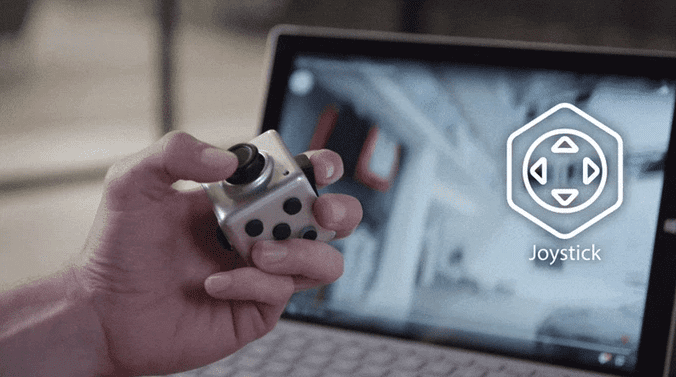
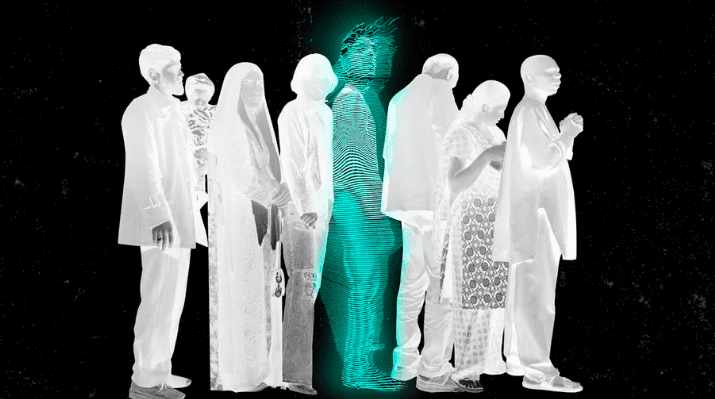
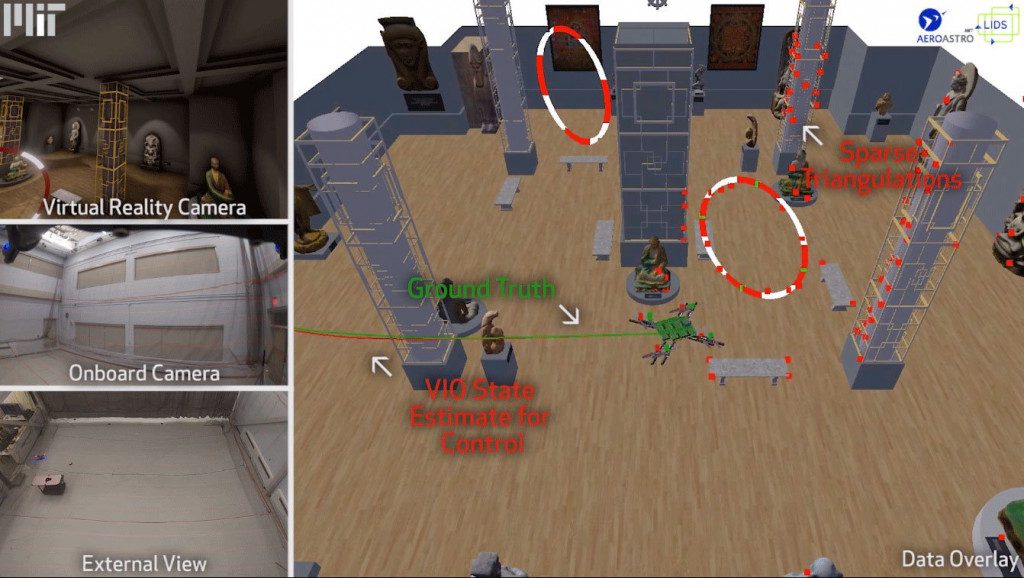

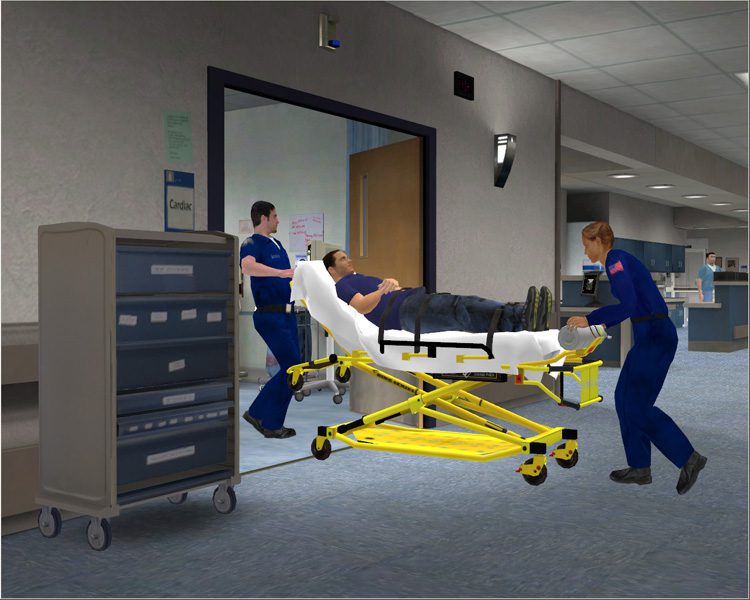
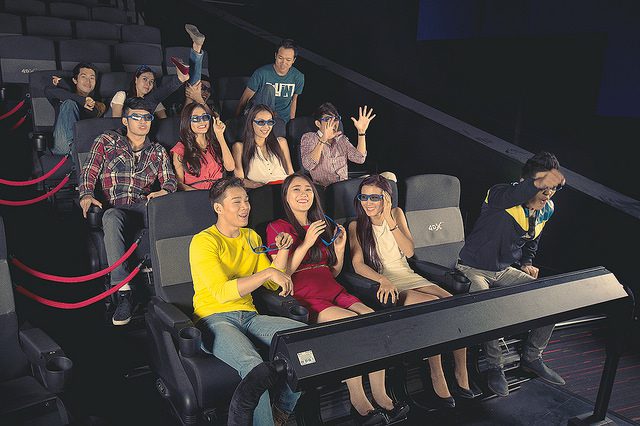


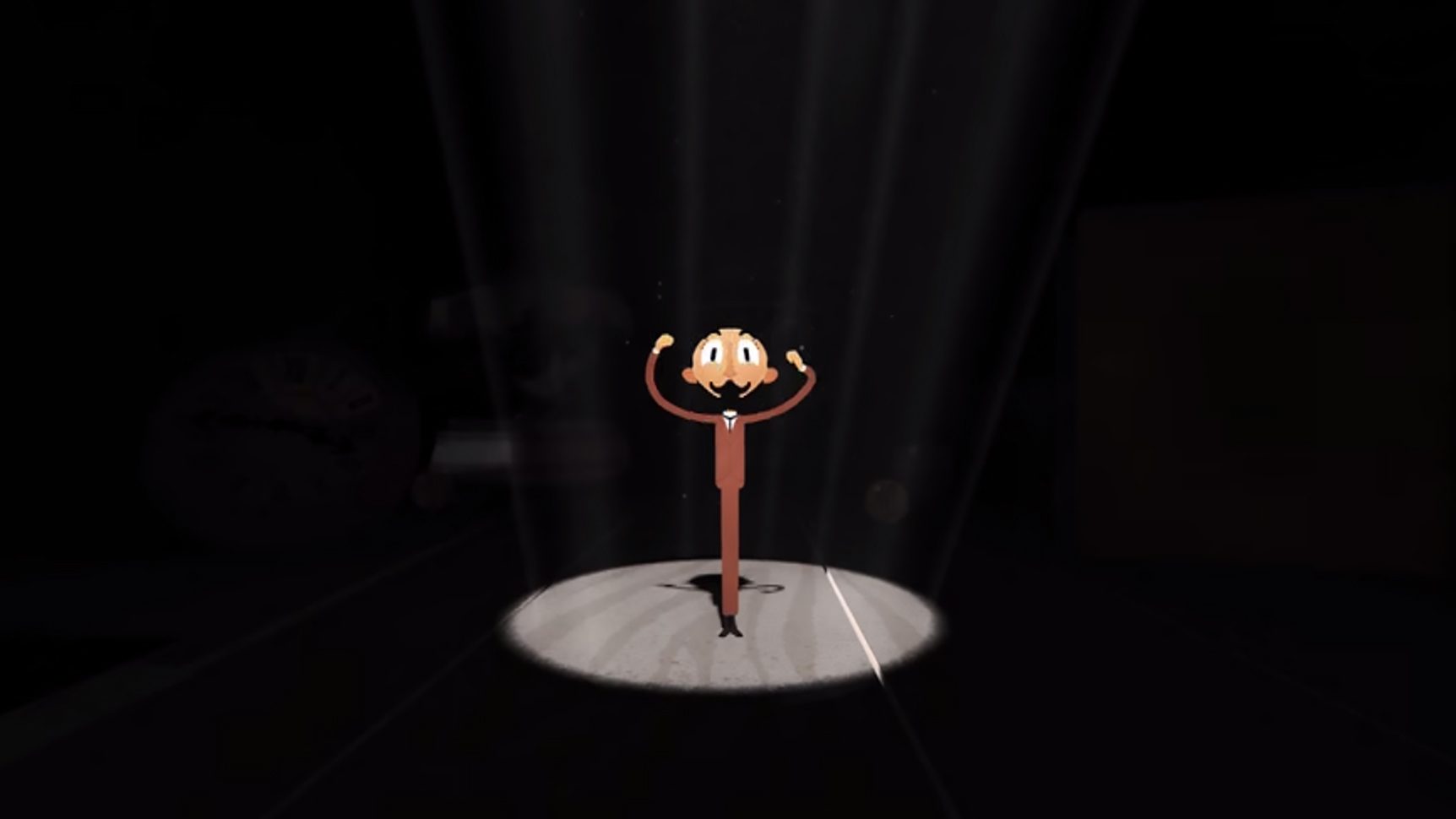

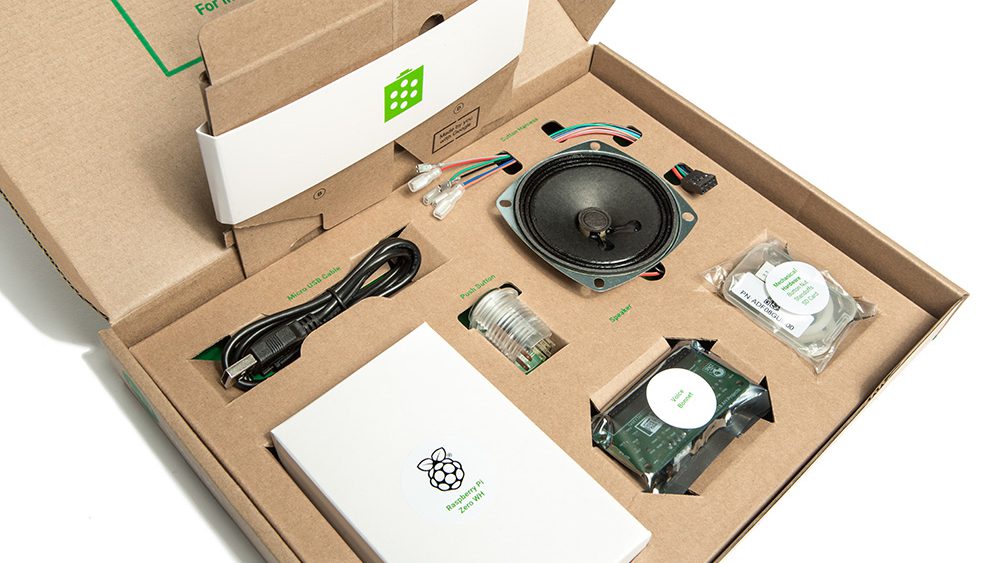

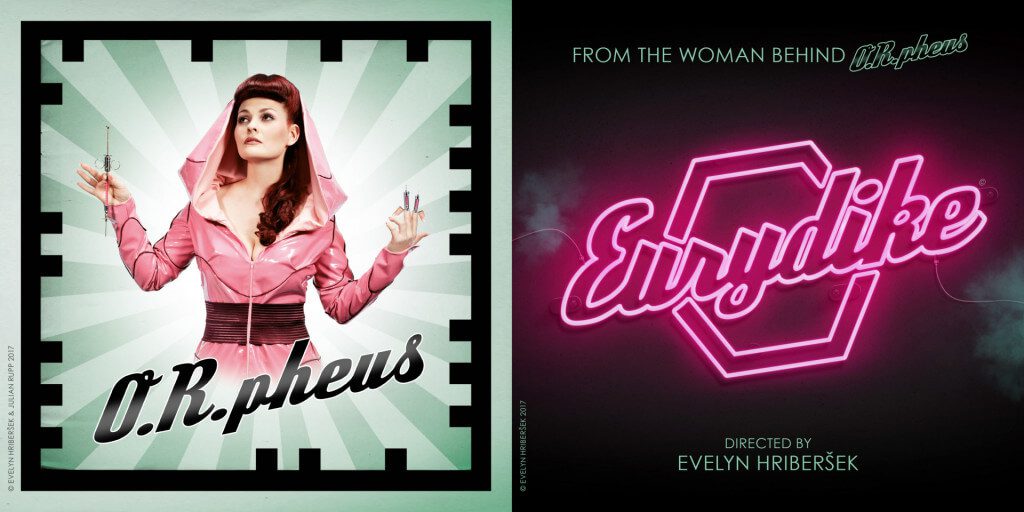
![[DEAL] Monoprice 3D Printers – up to $200 Off](https://www.blogdot.tv/wp-content/uploads/2018/02/deal-monoprice-3d-printers-up-to-200-off.jpg)
![[DEAL] Inland Translucent Magenta PETG 1KG 1.75mm for $18.99](https://www.blogdot.tv/wp-content/uploads/2018/02/deal-inland-translucent-magenta-petg-1kg-1-75mm-for-18-99.jpg)
![[DEAL] rigid.ink Flexible PLA 1kg 2.85mm, 25% Off at $38.79](https://www.blogdot.tv/wp-content/uploads/2018/02/deal-rigid-ink-flexible-pla-1kg-2-85mm-25-off-at-38-79.jpg)
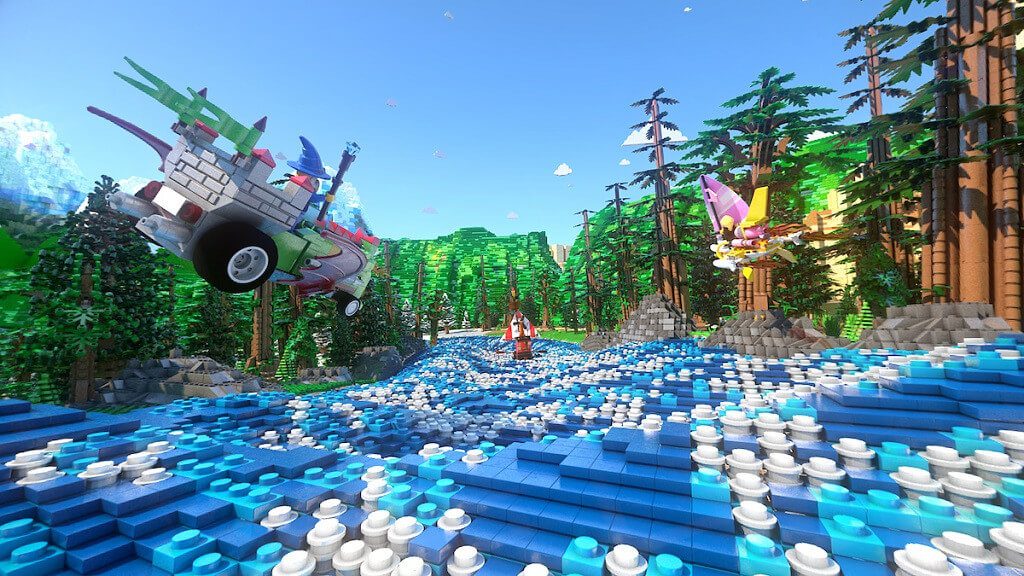
![[DEAL] MakerGear M3-SE & M3-ID 3D Printers, $200 Off](https://www.blogdot.tv/wp-content/uploads/2018/02/deal-makergear-m3-se-m3-id-3d-printers-200-off.jpg)
![[DEAL] Sugru Hacks for Your Home Kit, 14% Off at $12.95](https://www.blogdot.tv/wp-content/uploads/2018/02/deal-sugru-hacks-for-your-home-kit-14-off-at-12-95.jpg)
![[DEAL] Qidi Tech 1 Dual Extrusion 3D Printer, 13% Off at $610](https://www.blogdot.tv/wp-content/uploads/2018/02/deal-qidi-tech-1-dual-extrusion-3d-printer-13-off-at-610.jpg)
![[FLASH DEAL] New Matter Filament, 63 -75% Off at $7.49](https://www.blogdot.tv/wp-content/uploads/2018/02/flash-deal-new-matter-filament-63-75-off-at-7-49.jpg)
![[DEAL] ColorFabb Filament – Buy 5, Pay for 4](https://www.blogdot.tv/wp-content/uploads/2018/02/deal-colorfabb-filament-buy-5-pay-for-4.jpg)